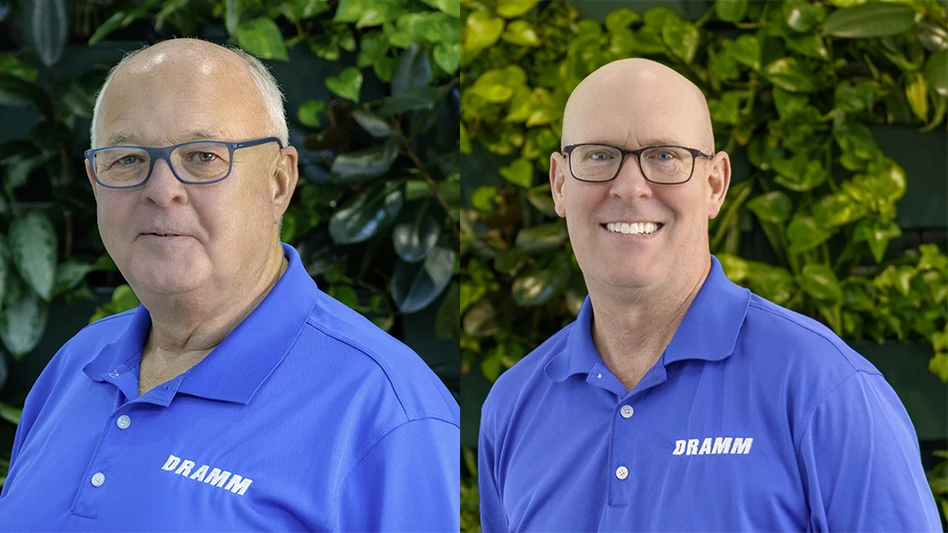

Technology does a lot, but it can't do everything. Sometimes we forget that. We can get so dependent on email and social media that we lose sight of what people really need from us—especially in business. Yes, clients expect to connect with us in various high-tech ways, but they also crave the deep and meaningful connections that can only come from face-to-face (or at least voice-to-voice) connections. It can be tricky to walk the line.
Too little tech and you'll seem out of touch, too much and you'll lose the personal touch that keeps customers loyal and engaged. As you're trying to find the right balance, just remember this: Your client relationships are built on emotions and trust, so use technology only in a way that maintains, enhances, and propels those relationships to the next level.
Human needs don't change. Relationships mattered in the days of pencil, paper, and snail mail, and they still matter in the days of Facebook and Skype.
Don't let "faceless" and "voiceless" technology become your primary communication tool.
Nothing can replace the effectiveness of a face-to-face encounter (even if it's by Skype), especially in the early phases of your client relationship. And meaningful phone conversations can be great, too. It's fine to use less powerful tech solutions like email, texting, and e-blasts to enhance and strengthen a well-established relationship. But they should only be supplemental.
Skype important meetings if you can't be there in person.
Ideally, "in person" interactions are best for relationship building—especially with your top clients—but of
Pick up the phone regularly.
Many people dislike the phone. Conversations can be long and meandering, and we're all busy. But you must overcome your phone phobia. In terms of relationship building (not to mention
Pay attention to how the client communicates.
If a client seems to prefer phone, text, or in-person communication, make a note of it and honor their preferred style while maintaining your own dedication to person-to-person contact. This shows them you care about and respect their preferences. Find a happy balance between the client's style, yours, and the demands of the day.
Match the medium to the message.
If you want to distinguish yourself and have something very important to say, write a letter! If you are trying to book an appointment with a busy person, figure out something complex, or discuss a potentially sensitive issue, pick up the phone. If you only want confirmation of a small piece of information and you've recently spoken with a client, use email. Let your instinct be your guide.
Keep your website young and agile.
Is your website in alignment with your business image and your mission? Make sure it's as professional and sleek as your own personal appearance when meeting a client for the first time. Successful companies have streamlined, up-to-date websites with modern fonts, colors, and layouts.
Email links to articles you think your client might enjoy.
Trusting relationships thrive on frequent contact. To solidify your connection to clients (especially when you haven't talked in a while), send them links and articles you know they will enjoy. This gesture shows you are thinking about them and know where their interests lie. Just keep these communications in balance. Bombarding clients with superficial links and articles may actually weaken the value of your contact with them and undermine your relationship.
Send e-newsletters to all your clients.
This a good way to engage regularly with clients and stay
If you harness the power of technology correctly, it can do wonderful things for your business. But it is only one tool in your toolbox. Don't let technology overshadow your mission to keep trust-based client relationships at the center of everything you do.

Paul G. Krasnow is the author of The Success Code: A Guide for Achieving Your Personal Best in Business and Life. www.paulgkrasnow.com

Explore the December 2018 Issue
Check out more from this issue and find your next story to read.
Latest from Nursery Management
- Terra Nova Nurseries introduces rust-free and disease-resistant heucherella
- John T. Nickel, founder of Greenleaf Nursery Co., passes away at 89
- Three tours offered at 2025 Farwest Show
- Garden Media Group announces sixth annual Women in Horticulture Week
- Star Roses and Plants announces National Knock Out Rose Day
- The Growth Industry Episode 4: How federal budget cuts are affecting horticulture nonprofits
- Pennsylvania Horticultural Society shares top gardening trends from 2025 Philadelphia Flower Show
- California Spring Trials 2026 dates announced





